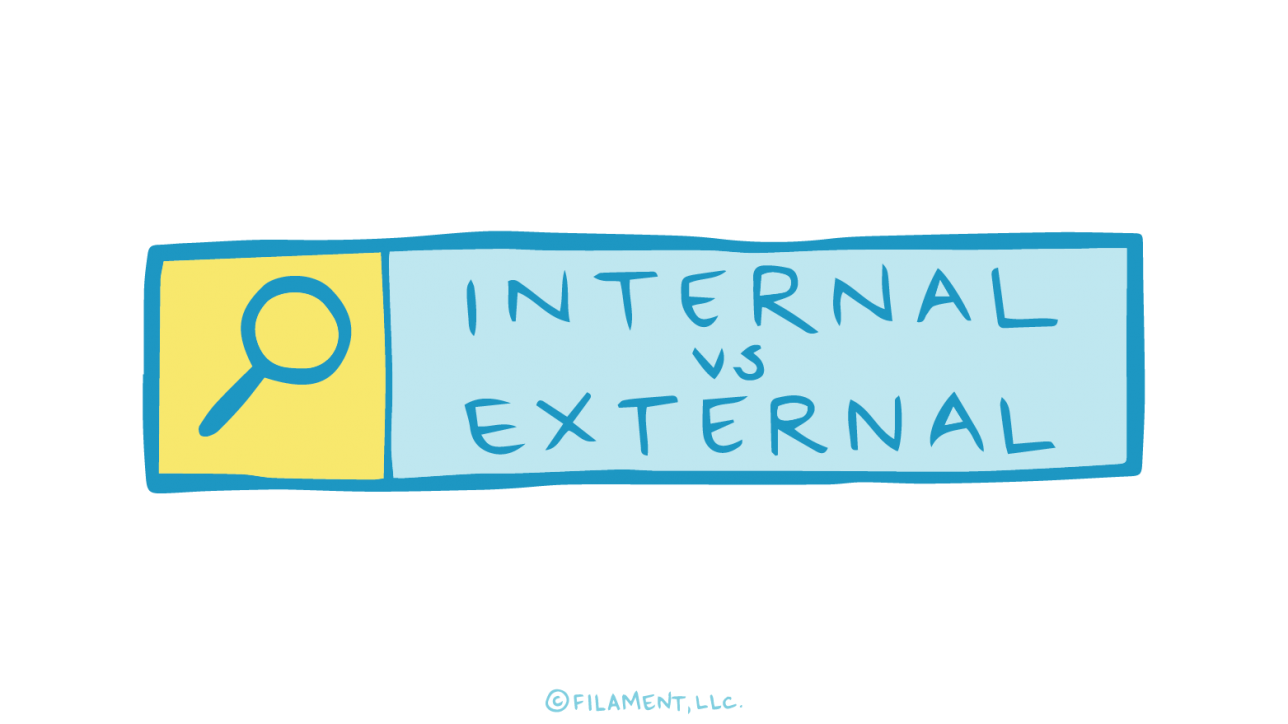The first step in learning how to have a winning website with both internal and external links is defining what these terms actually mean.
In the world of SEO or search engine optimization, winning can be defined in a number of ways and you’ll have to determine what definition works specifically for you. In some situations, winning can be simply mean drawing a lot of new and returning visitors to your website. In other situations, such as retail websites, winning means earning the loyalty and repeat business of valuable, target-defined customers. That definition is pretty nebulous but it’s actually an important one for you to define or you’ll never know what you’re striving to achieve.
Internal links versus external links is more specific and can easily be defined. An internal link is a way to easily connect pages WITHIN the website. Let’s say you’re reading about topic X and the website actually sells a t-shirt with a cute X slogan on it. But clicking on the internal link you can move from your article to the product page and buy that t-shirt. In fact, there is even a “purchase now” link that again takes you to the transaction page which is another internal link inside that website.
External links, on the other hand, take you outside of the website. We’ll use the same example above but let’s imagine that this time your website only sells t-shirts. You realize that topic X is a hot button topic today and people really like reading about it, so you include an external link to a leading authority on topic X so your visitors can learn more.
So where does the winning part come in? Consider the external link example above. In this situation a really smart SEO specialist would reach out to the leading authority and let them know you’re going to be linking to them and ask them if they’d consider doing the same to promote your topic X t-shirts to people who are clearly interested in topic X. This is called “link juice,” which is connecting to relevant websites in a friendly, cooperative way that benefits everyone involved. It’s the ideal external link situation and can do a lot to boost both websites. While this situation is ideal, it doesn’t always happen. But thoughtful, accurate and well-planned external links can build loyalty by enhancing your authority, validity and usefulness.
With internal links the “win” is a little different as it centers around the user experience. Have you ever been on a website where you want to buy something and they seem to almost make it difficult to do so? These are horrible internal links and can destroy the reputation and success of a website that would actually be very useful if it had good internal links. On the other hand, some websites keep bopping you around to places you don’t want to go because their internal links are so bad. It’s up to you and your web designer to look at the design objectively and create a favorable user experience.
Let Filament guide you through external links and internal links with best SEO practices.


